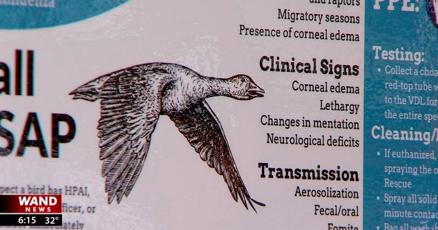Feathered Threat: How Bird Flu is Reshaping Our Ecosystem and Daily Life

Bird Flu Alert: CDC Reports Significant Human Cases and Potential Pet Risks
The Centers for Disease Control and Prevention (CDC) has reported a notable 67 confirmed cases of bird flu in humans since the beginning of 2025. While this number might appear relatively low, health experts are urging the public to remain vigilant, particularly when it comes to potential impacts on household pets.
The bird flu's reach extends beyond human health, presenting unexpected challenges for pet owners and animal lovers. Veterinarians and public health officials are recommending increased awareness and preventive measures to protect both human and animal populations from potential transmission risks.
As the situation continues to evolve, staying informed and taking proactive steps can help mitigate the spread of this concerning viral strain.
